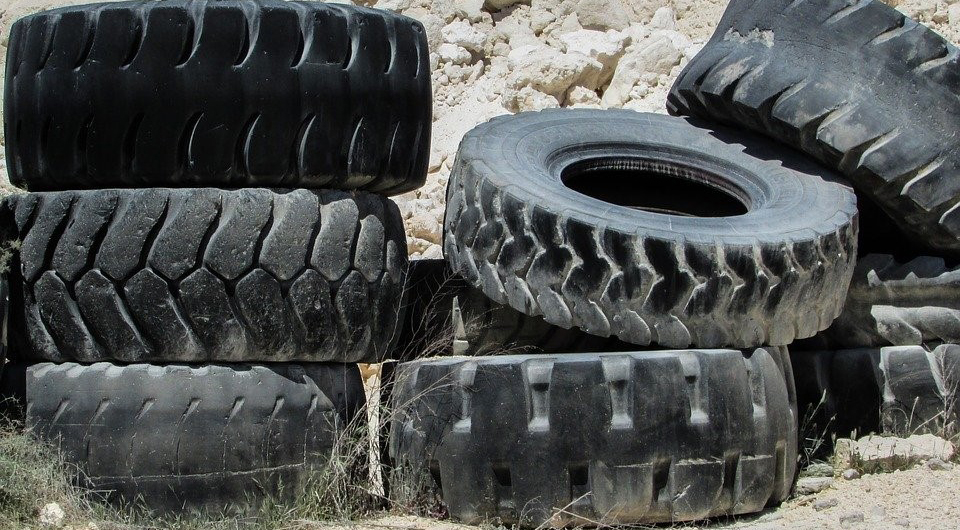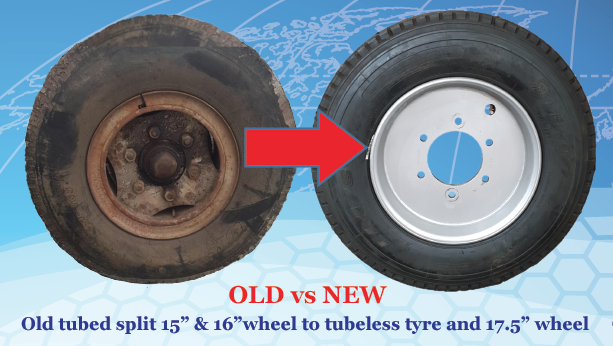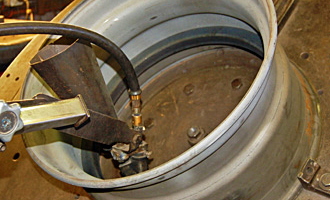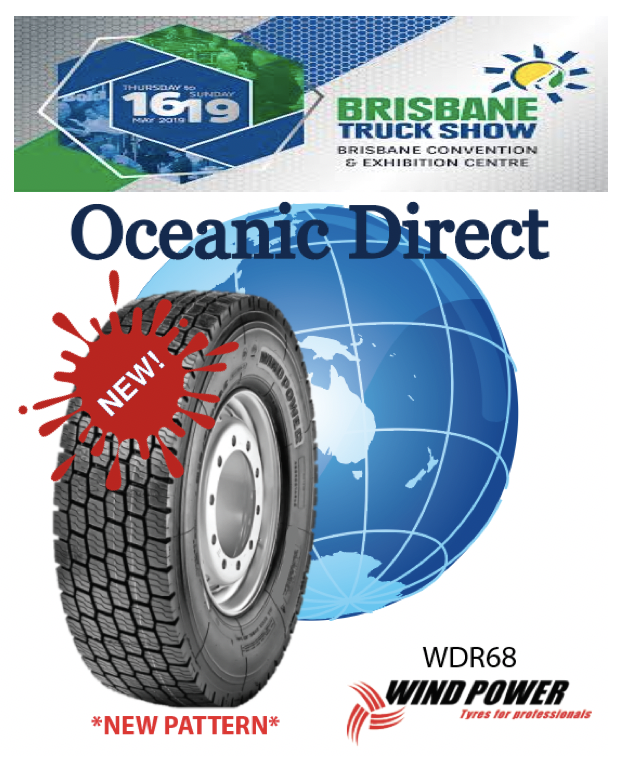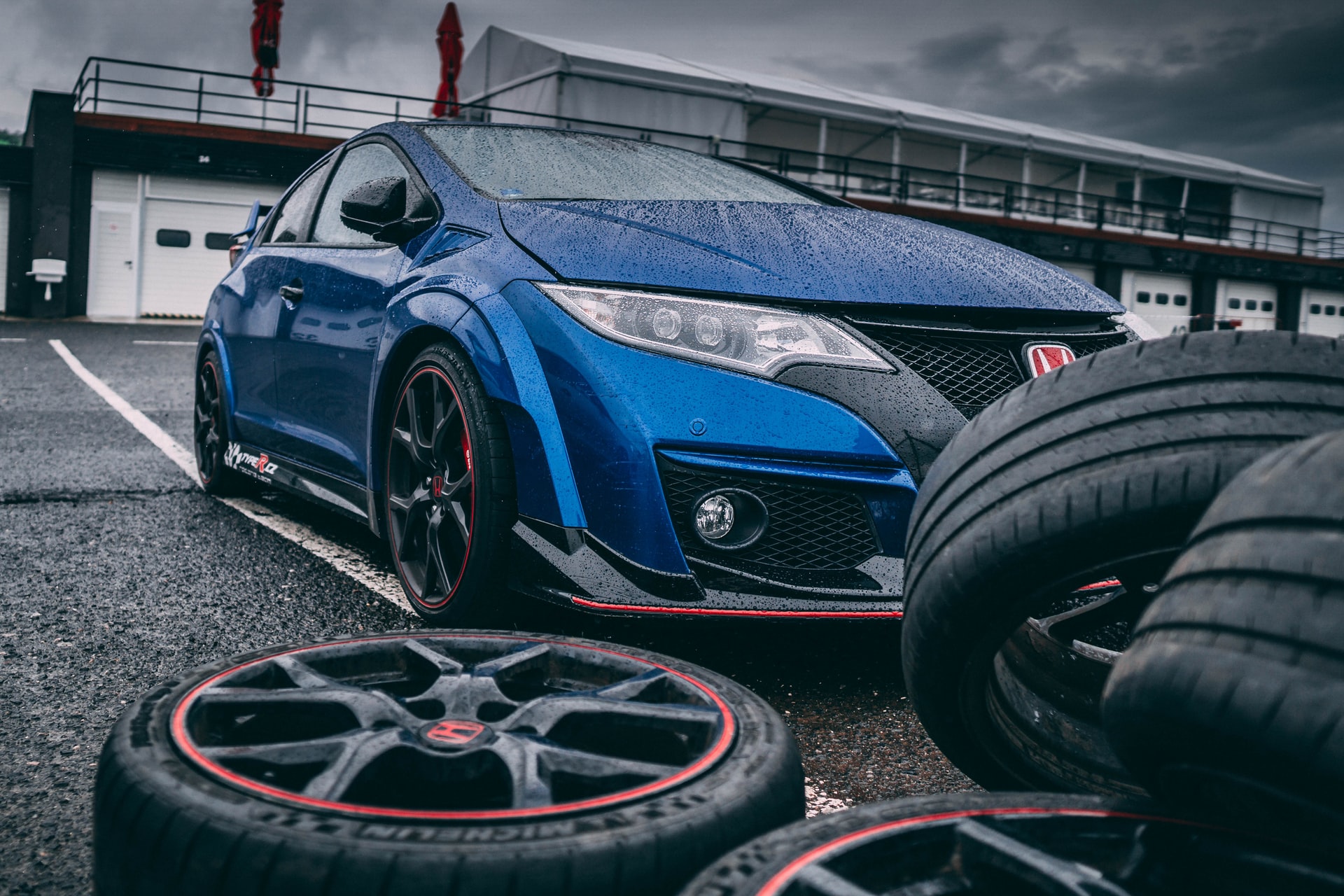
With over 30-year experience as an importer, wholesaler, and retailer of wheels and tyres in Australia, we at Oceanic Direct know how quality tyres and wheels play a crucial role in providing you and your vehicle with a safe drive.
A well-maintained vehicle is a key to proper safety during travel. It reduces the chance of a vehicle failure or potential hazards, but the most crucial part of the vehicle is mostly ignored during a safety check – that is the tyres.
People often wait for a yearly service to check their tyre condition, which is not a good habit. I can understand if you have paid for a good premium quality tyre that has years of warranty, it is supposed to run smoothly at least during the warranty period.
However, various factors determine the life/durability of tyre, the way you drive, landscape, weather, and many more.
A well-maintained tyre improves vehicle safety and vehicle fuel economy. Imagine getting a flat tire when you are away from home and there is no workshop nearby, now what? I don’t think anyone of us wants to be in such a situation. So, don’t forget to keep your tyres on your regular maintenance checklist.
Now the question is, how can you make sure your vehicle’s tyres are safe and are good to go for the next comfortable drive?
Don’t worry; over the last three decades, we have seen many problems faced by all when they are travelling, came up with this simple safety checklist to minimise hazards.
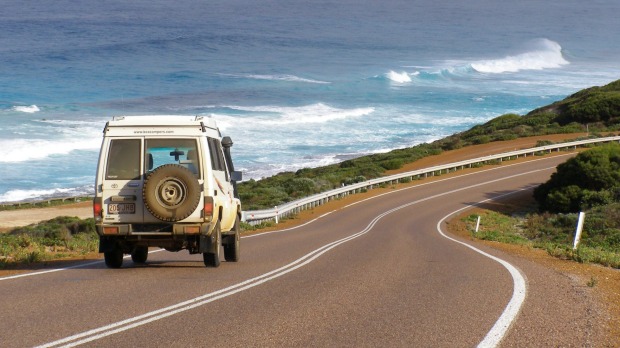
With the help of this checklist, you can always be sure about the tyre condition and make your trip smooth.
Is The Tread Depth Deep Enough?
Whether you are buying a new tyre or maintaining your existing tyre, treads are the crucial part of the tyre. It determines how well your vehicle can get a grip on the road. The ability of the tyre to provide the grip decreases as the tread pattern wears out.
But how will you know if your tyre has the proper tread to keep you safe? You don’t need the eye of a mechanic to check the tread. All tyres have a wear indicator, have you noticed the raised bars at the bottom of the groove? That’s what a tread is. Generally, 1.5mm is considered as a legal tread depth in Australia, anything less than, increases the risk of an accident.
The best tool to measure the tyre depth is a coin, take a 5c piece to measure how deep the tread is. Sometimes you might have noticed an uneven tread depth; it’s a sign of a suspension steering problem. If you ever get into such a situation, take your vehicle to the proper workshop and get it fixed to ensure your safety.
How Is The Tyre Pressure?
The air pressure of a tyre decreases with time. For better comfort, fuel economy, and durability, it’s vital to maintain the proper tyre pressure.
Do you know if your tyre is under-inflated even by 5%, it can increase the fuel consumption by up to 7%?
So, always make sure you are checking your tyre pressure at regular intervals. It will save you lots of money by saving fuel and increasing the life of your tyres.
Is There Any Damage In Sidewalls?
Roads can sometimes be rough; an encounter with curbs, potholes, or any unfriendly object can damage the tyre.
Always inspect the sidewall of the tyre, check if there are any cuts or bulges in the tyre. If you find any damage, it’s best to take expert advice. In case the damage is bigger, replacing it is the safest option because you never know when your tyre will blowout while you are driving.
When replacing your tyres, always go to the reputable suppliers, such as Oceanic Direct – who have extensive experience and knowledge about the industry. They can provide you with quality products and services, and they will help you get high-quality tyres, suitable for your vehicle, at an affordable price.
